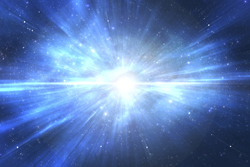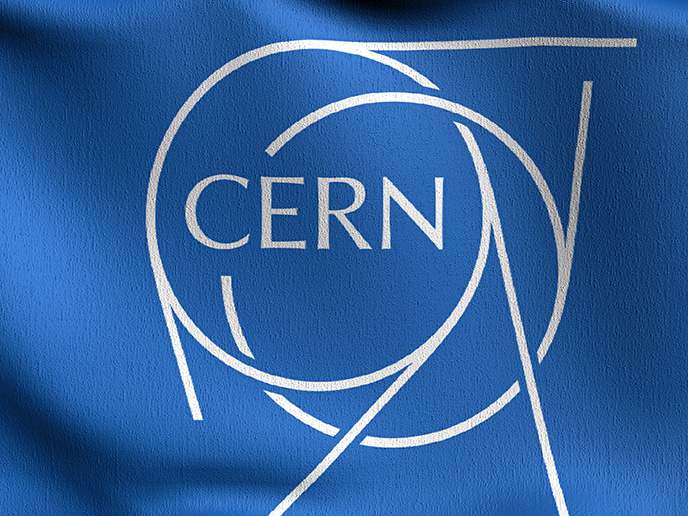Going underground to study the Universe
Neutrinos are among the lightest of the two dozen or so known sub-atomic particles and they reach our planet from all directions: from the remnants of the Big Bang with which the Universe began, from exploding stars and from the Sun. They travel with the speed of light and pass through Earth with almost no interaction. Because they are not stopped easily, they carry unique information about the processes that have occurred in the far reaches of the Universe and in the core of stars. This means that what is inaccessible to telescopes 'only' able to look at the surface of celestial bodies becomes accessible to neutrino detectors. To open a new window to probe the Universe with neutrinos, physicists initiated the EU-funded LAGUNA project. So that neutrinos are not confused with cosmic rays (sub-atomic particles that do not penetrate the Earth), a detector much larger and more sensitive than those presently used will be installed underground. The first phase of the project involved studying seven pre-selected potential locations in Spain, France, Poland, Romania, Finland and the United Kingdom. For each site, a detailed geological assessment of underground caverns was carried out to identify the most appropriate to host instruments with a total mass around 100 000 to 500 000 tonnes. Three different types of neutrino detectors were considered: Memphys, Glacier and Low energy neutrino astronomy (LENA). At their core is a huge tank filled with tonnes of liquid observed by light sensors that are arranged on the inner surface. The liquid, either water or liquid argon, acts as the detecting medium. According to their findings, the extraordinarily ambitious experiment will be composed of a liquid argon chamber with a mass of about 20 000 tonnes, complemented by a magnetised iron detector. The ideal location would be at a depth of 1 400 m within the Pyhäsalmi mine in Finland. To also assess scientific opportunities offered, the LAGUNA project brought together industrial partners and the scientific community. Physicists pointed to the need to couple the new neutrino observatory with neutrino beams from the European Organization for Nuclear Research (CERN) and study matter–antimatter asymmetry in neutrino oscillations. The next phase of the project, called LAGUNA-LBNO, has already started. This will address one additional challenge to making the final detector and site choice: to determine the full cost of underground construction, commissioning and long-term operation of the observatory.
Keywords
Neutrino, Big Bang, grand unification, underground observatory, Universe







